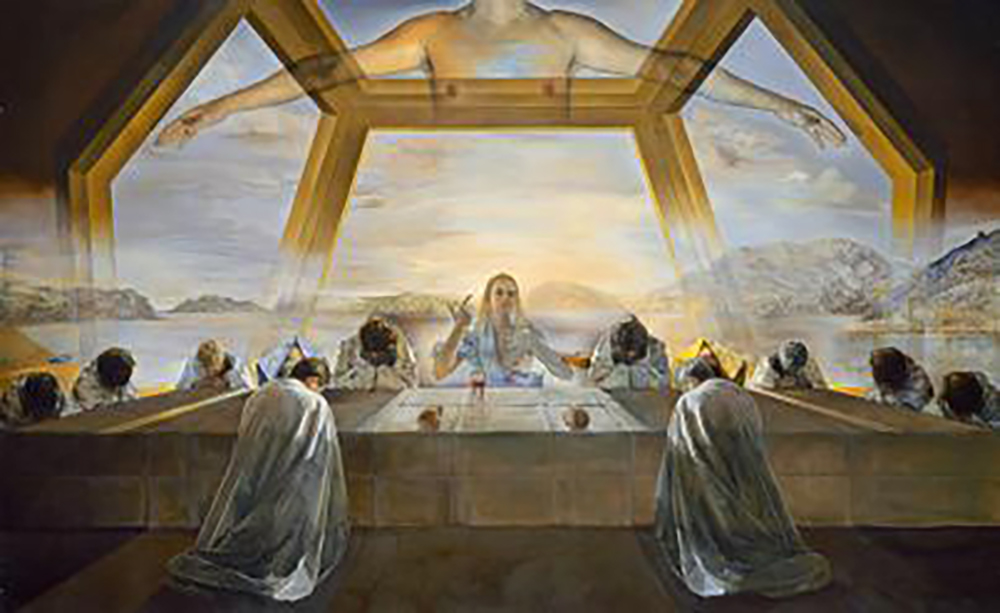Other artists besides Leonardo captured the meal Jesus shared with his disciples on the eve of his Passion.
Lenten Campaign 2025
This content is free of charge, as are all our articles.
Support us with a donation that is tax-deductible and enable us to continue to reach millions of readers.
The scene of the Last Supper, the final meal before Jesus’ Crucifixion at which He instituted the Holy Eucharist, is forever etched in our minds thanks to the beloved work of art by Leonardo da Vinci. He painted his mural of the Last Supper in 1490, on one of the walls of the refectory (friars’ dining room) of the Convent of Santa Maria Delle Grazie in Milan, Italy. But the most famous meal of Christianity did not inspire Leonardo alone. Many other giants of art history, from Giotto to Dalí, have depicted the last meal that Christ had before dying in moving portraits that are little known to the general public.
Here is a gallery of some of “the other Last Suppers” of Western art:
- Giotto, 1305
One of the beautiful frescoes completed by Proto-Renaissance master Giotto in the early 1300s to decorate the Scrovegni Chapel in Padua, northern Italy, depicts the Last Supper. The 12 apostles are depicted with doubtful expressions, as Jesus has just announced that one of them will betray him. Judas is wearing a yellow cloak and is putting his hand into Christ’s plate while John is resting on Jesus’ shoulder.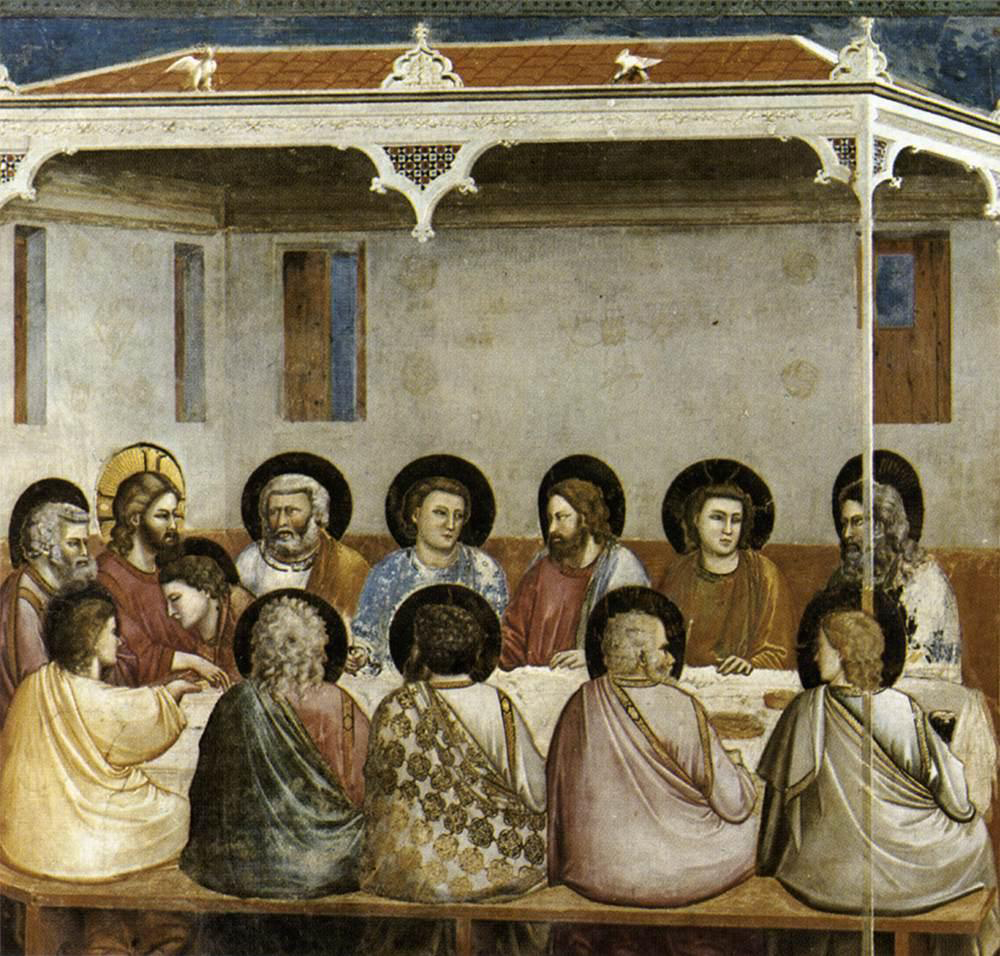
- Fra Angelico, 1440-1441
This decorates the interiors of the ancient Dominican monastery of St. Mark in Florence, now a museum of fine arts. Fra Angelico, a friar and one of the greatest artists of the Early Renaissance, depicts the Last Supper by using a monastery refectory as its setting. Four of the 12 apostles are depicted kneeling, and so is Mary. The painting evokes a sense of stillness that was intended to inspire meditation and prayer.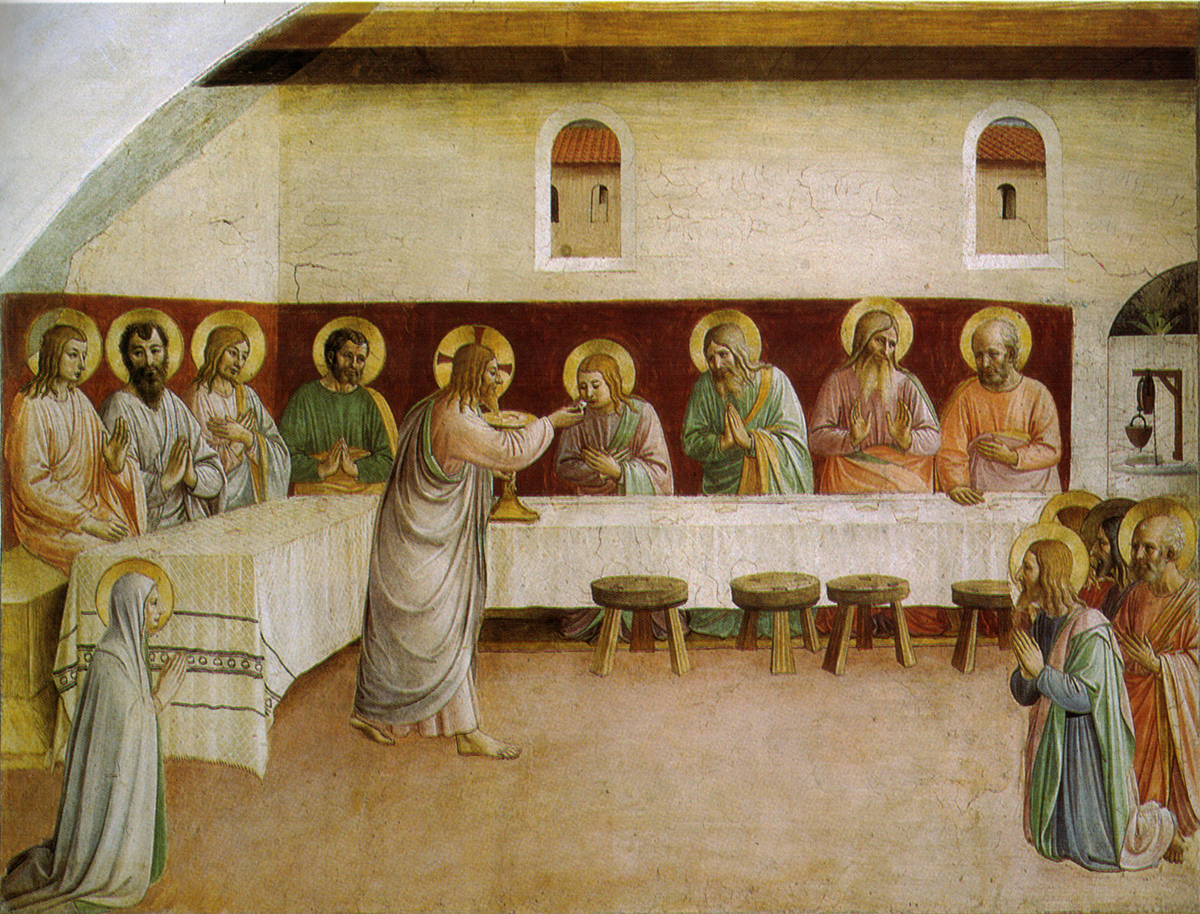
- Tintoretto, 1592-1594
This oil on canvas adorning the interiors of the Basilica of San Giorgio Maggiore in Venice differs from traditional representations of the Last Supper. Here, Tintoretto portrays characters that are usually left out of the main scene, such as servants and cooks. There is an unusual sense of movement that stands in contrast with more “still” representations like those of Leonardo or Fra Angelico. The Venetian master’s use of light, coming both from Jesus and from the lamp, contrasts with the dark tone of the painting, resulting in an almost cinematographic effect.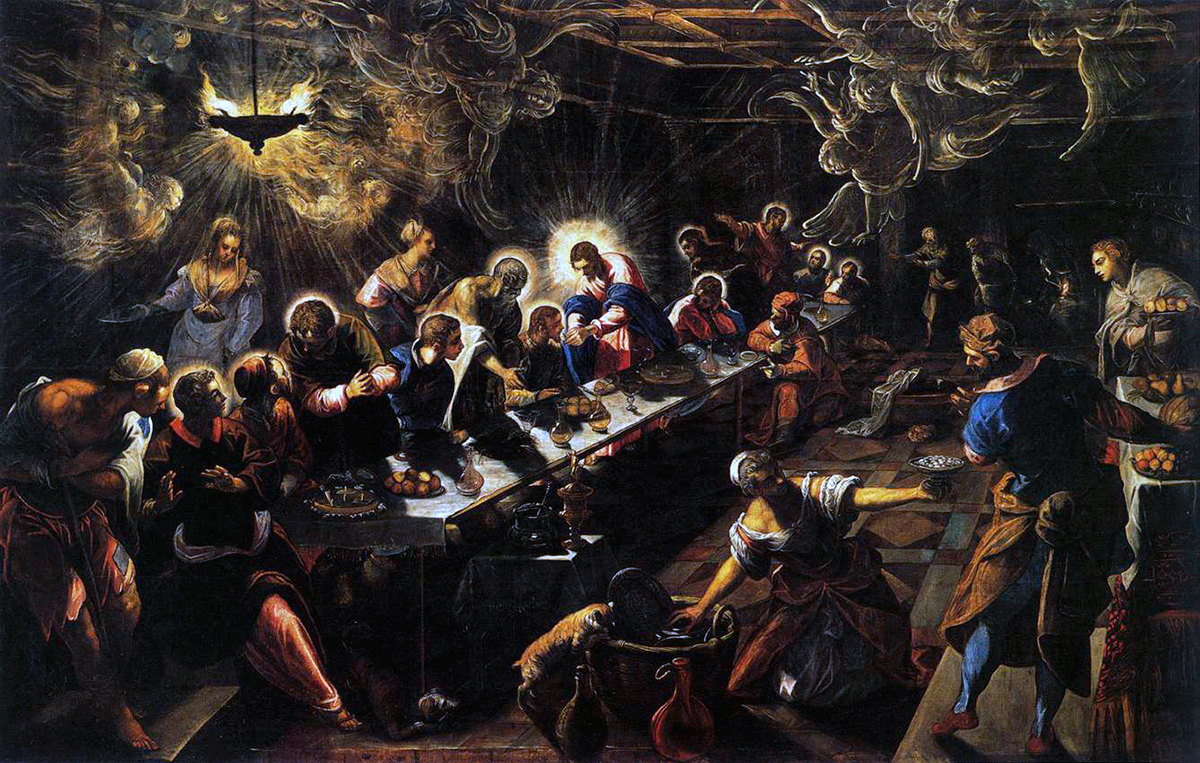
- Rubens, 1630, 1631
Completed as part of an altarpiece in the Church of St. Rombout in the Belgian town of Mechelen, this oil on canvas depiction of the Last Supper displays Rubens’ iconic use of light. The figure that is most in the light is Jesus, wearing a red cloak, while the one further from the light is Judas, dressed in blue and looking with a piercing gaze right at the viewer.
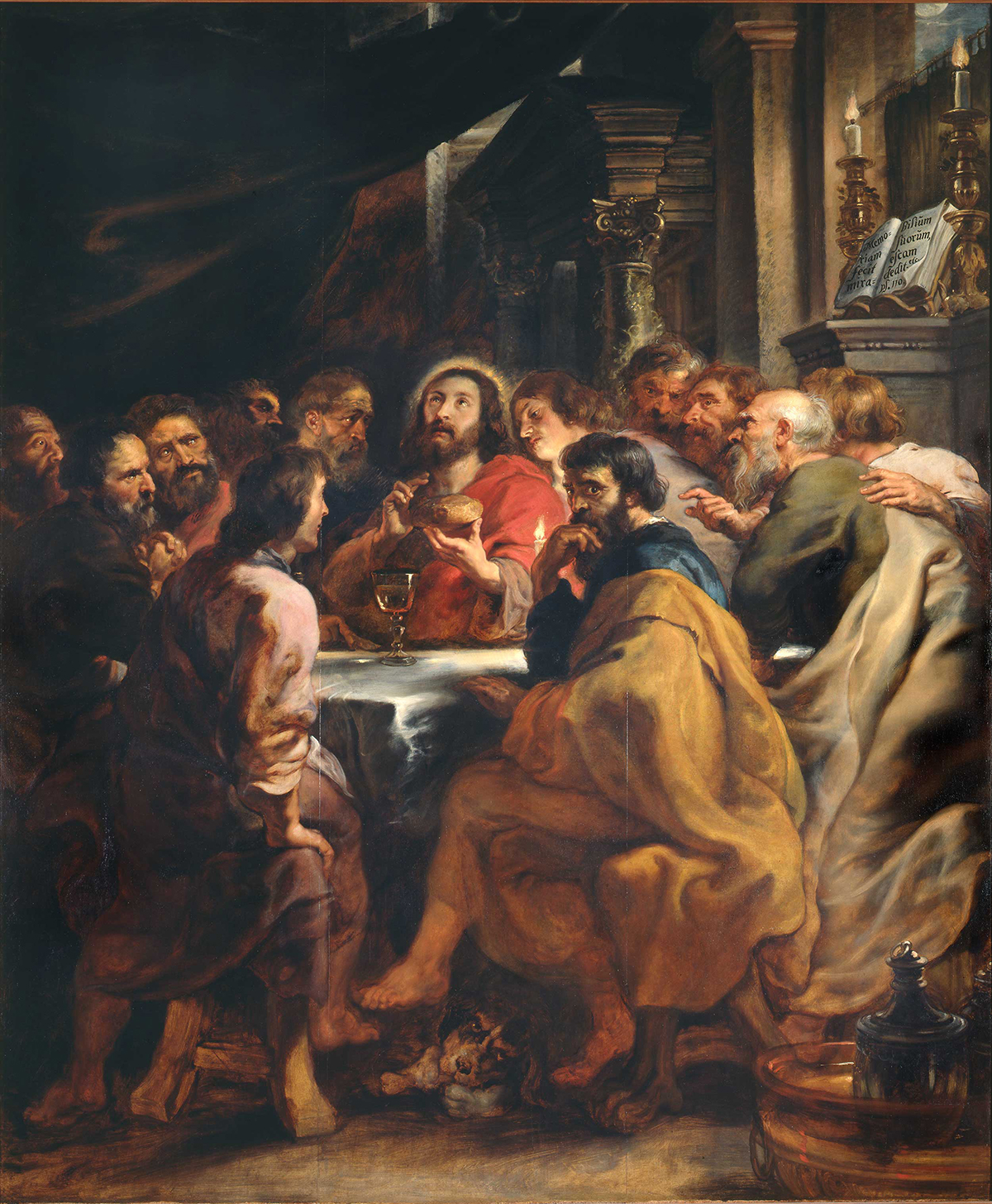
- Dalí, 1955
The Last Supper inspired modern painters, too. In this oil on canvas painting from 1955, Salvador Dalí represents the scene with his iconic surrealist style. Christ is pointing up towards the mysterious figure of a torso with outstretched arms, a reference to both his coming crucifixion and his ascension.
